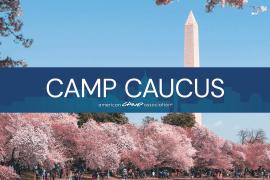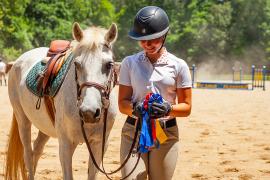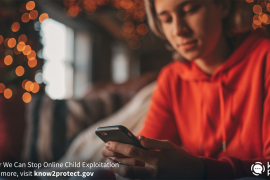1. They’ll need more time to adjust.
This fall, your students will likely require more time and assistance to adjust to a normal school day and routine. Isolation throughout much of 2020 and 2021 led to higher levels of anxiety in children, teens, and young adults arriving at summer camp who had fallen out of practice in physically being around people other than their family members. Expect kids to take longer to settle in than they did in pre-COVID times.
2. Consider investing in trauma-informed support training.
According to the American Psychological Association (APA), “Trauma is an emotional response to a terrible event.” The pandemic has and continues to be a traumatizing event. Children and adults alike have experienced loss, uncertainty, and sometimes abuse during this time. Both campers and staff needed extraordinary amounts of trauma-informed support and care at camp this summer. Because kids are still in the process of developing their coping skills, schools should plan for increased resources that support mental, behavioral, and emotional needs of students and families to manage stress in the classroom during in-school and in out-of-school programs.
3. Create a sense of community in the classroom.
To better focus on interpersonal skills and building a sense of belonging and emotional safety, turn the classroom into a community. “Part of the ‘magic’ of camp is that from the first moment, we focus on building relationships and getting our cabin groups connected,” says Audrey Monke, camp owner/director and parenting expert. “We train our counselors to help kids develop social skills so they can form friendships and feel a bond with their peers.” Summer camp this year was an opportunity for kids to socialize and build back confidence and self-esteem through social-emotional learning. This important work can continue in the classroom at school.
4. Kids need to move to get their brains ready for the day.
According to the CDC, “Regular physical activity can help children and adolescents improve cardiorespiratory fitness, build strong bones and muscles, control weight, reduce symptoms of anxiety and depression, and reduce the risk of developing [serious] health conditions.” We also know that movement and play develop the part of the brain used for critical thinking and adaptability. More than ever before, at camp, we found that active, hands-on, experiential learning programs built curiosity, stronger engagement, and feelings of belonging and connection in campers and staff alike. To achieve the same outcomes, we recommend kinetic, experiential, and outdoor programming for students whenever possible.
5. It’s possible to run safe, in-person programs.
It’s not just COVID this year. Isolation has kept kids from getting all kinds of common illnesses, such as colds, the flu, and strep throat. Camp Medical Director Laura Blaisell, MD/MPH FAAP, notes that “Many camps . . . experienced the rise in non-COVID-19 colds and strep throat triggering isolation and COVID-19 testing.” Fortunately, camps successfully ran in-person programs this summer and prevented or mitigated COVID-19 and many other respiratory illnesses using layers of protection, including masking, cohorting, physical distancing, screening, testing, and program adaptation. Vaccination of staff and campers 12 and over also helped ensure safe and successful camp operations. Schools should be able to achieve similar outcomes using these safety measures.
Tom Rosenberg, president and CEO of the American Camp Association, said, “This summer at camp, we learned more about the mental, social, and emotional impacts of the pandemic on our kids and what they need to thrive in a chaotic and disrupted year.” We’re grateful that schools can partner with the camp community to ensure a positive year and a brighter future for our nation’s kids.
The views and opinions expressed by contributors are their own and do not necessarily reflect the views of the American Camp Association or ACA employees.



